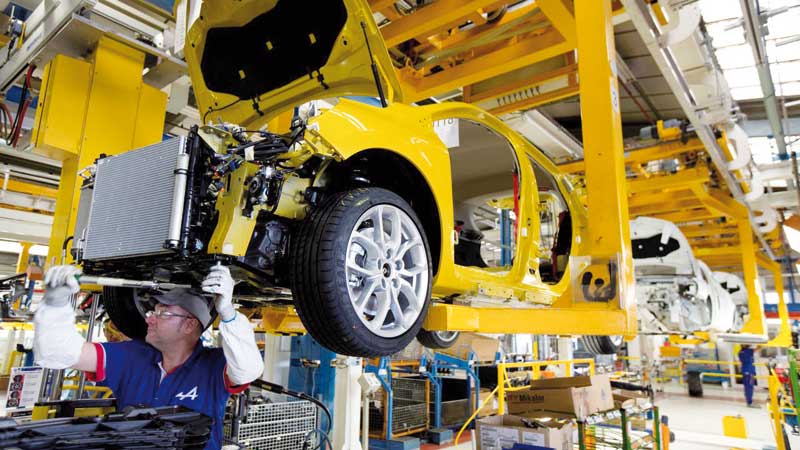

LONDON: Euro zone business growth ground to a halt this month as the service industry slammed into reverse, knocked by a resurgence in coronavirus cases that pushed governments to reintroduce restrictions and citizens to stay at home, a survey showed.
That renewed downturn for services more than offset the strongest manufacturing growth in two years. During the height of the pandemic, countries imposed tough lockdown measures to quell the spread of the virus, bringing economic activity to a virtual standstill, but as infection rates fell sharply, most measures were relaxed.
But case numbers have started rising again in key economies and governments have had to reimpose partial restrictions, sending IHS Markit’s Flash Purchasing Managers’ index down to 50.1 in September from August’s 51.9.
That was only just above the 50 mark separating growth from contraction and well below the median forecast in a Reuters poll for a modest dip to 51.7.
“The euro zone’s economic recovery stalled in September, as rising COVID-19 infections led to a renewed downturn of service sector activity across the region,” said Chris Williamson, chief business economist at IHS Markit.
“A two-speed economy is evident, with factories reporting that production growth was buoyed by rising demand, notably from export markets and the reopening of retail in many countries, but the larger service sector has sunk back into decline.”
A flash PMI for the bloc’s dominant service industry plummeted to 47.6 this month from 50.5, significantly below the breakeven mark and the most pessimistic forecast in a Reuters poll that had predicted a reading of 50.5.
With demand falling and some of the activity coming from running down backlogs of work, services firms cut staffing levels for a seventh month. The employment sub-index dipped to 47.6 from 47.8. Manufacturers fared much better, with the factory PMI climbing to a just over two-year high of 53.7 from 51.7 and a median forecast of 51.9.
While services came in below all expectations, manufacturing was above all of them. A sub-index measuring output which feeds into the Composite PMI rose to 56.8 from 55.6, its highest since early 2018.
But factories also cut headcount despite a surge in demand to its highest since February 2018. The new orders sub-index rose to 57.1 from 55.4, suggesting the manufacturing recovery would continue. Overall optimism improved, with the composite future output sub-index rising to 60.3 from 57.8, its highest since February, just before the full effects of the pandemic were felt.
“Encouragement comes from a further improvement in companies’ expectations for the year ahead, but this optimism often rests on infection rates falling, which remains far from guaranteed for the coming months,” Markit’s Williamson said. — Reuters
Oman Observer is now on the WhatsApp channel. Click here



